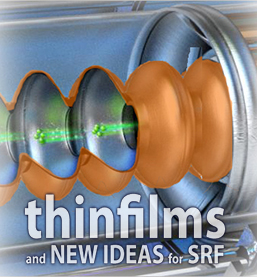Speaker
Description
Niobium thin films are used in macroscopic SRF cavities for particle accelerators which are under study for microscopic superconducting qubits for quantum computing. The superconducting properties of niobium in microwave fields vary significantly with lattice defects and impurity content, where sub-at.% impurity level can reduce or increase microwave surface resistance by an order of magnitude. In this study, we investigated the microwave properties of Nb films deposited by different physical vapor deposition (PVD) techniques, correlating microwave properties at dilution fridge temperatures with material properties characterized by surface analytical techniques. Nb thin films were grown on single crystal Nb substrates and, on the inside surface of 1.3 GHz TESLA-shaped single-cell Nb SRF cavities. We also studied the microstructure, surface morphology, and superconducting properties of the Nb thin film samples. The SRF cavity performance was tested in Fermilab's VTS and dilution fridge systems. The intrinsic Q0 as a function of the accelerating gradient was measured at 2 and 1.5 K in the liquid helium dewar. Then the cavity was assembled into the dilution fridge without breaking the cavity vacuum and was tested from 20 mK to 40 K. The frequency and quality factor dependence as a function of temperature at low fields was investigated. The mid-T baking treatment was applied at 340 ͦ C degrees for 1 hour to improve the performance of the cavity. After mid-T baking cavity performance was tested again and compared with previous results.

